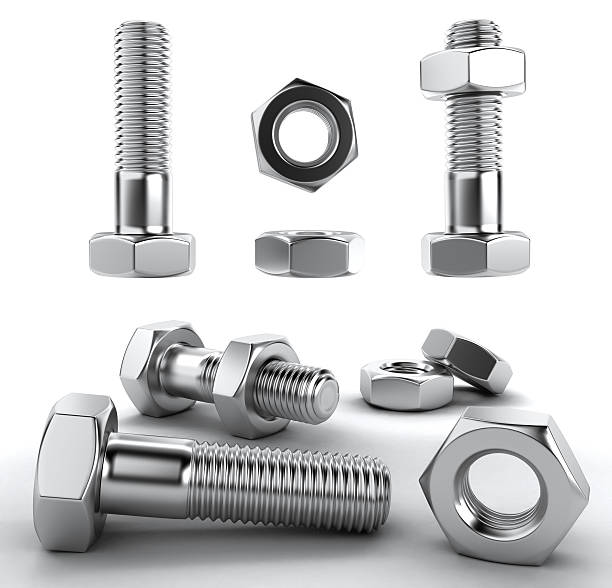
In the intricate web of construction, manufacturing, and engineering, where stability and reliability are paramount, fasteners emerge as the unsung heroes that hold everything together. These unassuming components, ranging from bolts and nuts to screws and anchors, play a crucial role in creating secure connections that ensure the structural integrity, safety, and functionality of various projects. Join us as we embark on a journey to explore the fascinating and essential world of fasteners.
The Foundation of Stability:
Bolts and Nuts: Bolts and nuts form the cornerstone of fastening. Bolts are threaded rods with heads that secure objects together when paired with nuts. Their diverse range of sizes, threads, and materials makes them versatile solutions for various applications.
Screws: Screws are threaded fasteners that create their mating threads when driven into materials. From wood screws to self-tapping screws, they find their place in woodworking, construction, and electronics.
Washers: Often overlooked but vital, washers are flat discs placed under nuts and bolt heads to distribute pressure, prevent damage, and ensure a snug fit.
Anchors: Anchors provide secure fastening to surfaces like walls and ceilings. Whether it’s expanding anchors for concrete or wall anchors for drywall, they offer stability and versatility.
Rivets: Rivets are permanent fasteners used in applications like aircraft construction and metalwork. They create a strong connection by deforming the end to create a second head.
The Art of Connection:
Load Distribution: Fasteners distribute load and pressure across joined materials, preventing concentration of stress points that could lead to failure.
Vibration Resistance: Properly secured fasteners are crucial in environments subject to vibrations, preventing loosening and ensuring continuous functionality.
Structural Integrity: Fasteners contribute to the overall structural integrity of buildings, machinery, and equipment, ensuring they withstand various forces and elements.
Selecting the Right Fastener:
Material Matters: Choose materials that align with the project’s requirements. Stainless steel offers corrosion resistance, while high-strength alloys cater to heavy loads.
Thread Type and Pitch: Coarse threads provide quicker installation, while fine threads offer increased holding power. Consider thread pitch for compatibility.
Torque and Tension: Proper torque application ensures optimal clamping force, preventing over-tightening or under-tightening.
Environmental Factors: Consider the environment where the fasteners will be used—humidity, temperature fluctuations, and exposure to chemicals can influence material choice.
Safety and Reliability:
Structural Safety: The correct choice and application of fasteners contribute to the overall safety of structures, preventing accidents and hazards.
Longevity and Durability: High-quality fasteners enhance the lifespan of projects by resisting wear, corrosion, and other forms of deterioration.
Conclusion:
Fasteners, though often overlooked, are the unsung heroes of stability and safety in various industries. From skyscrapers to electronics, they hold the world together, ensuring structures and creations remain intact and reliable. Understanding the types, functions, and selection criteria of fasteners empowers us to create secure connections that stand the test of time. As we delve deeper into the world of fasteners, we uncover their significance in our quest to build a safer, more stable, and more interconnected world. Click here if you are looking for high-quality fasteners in the UK.